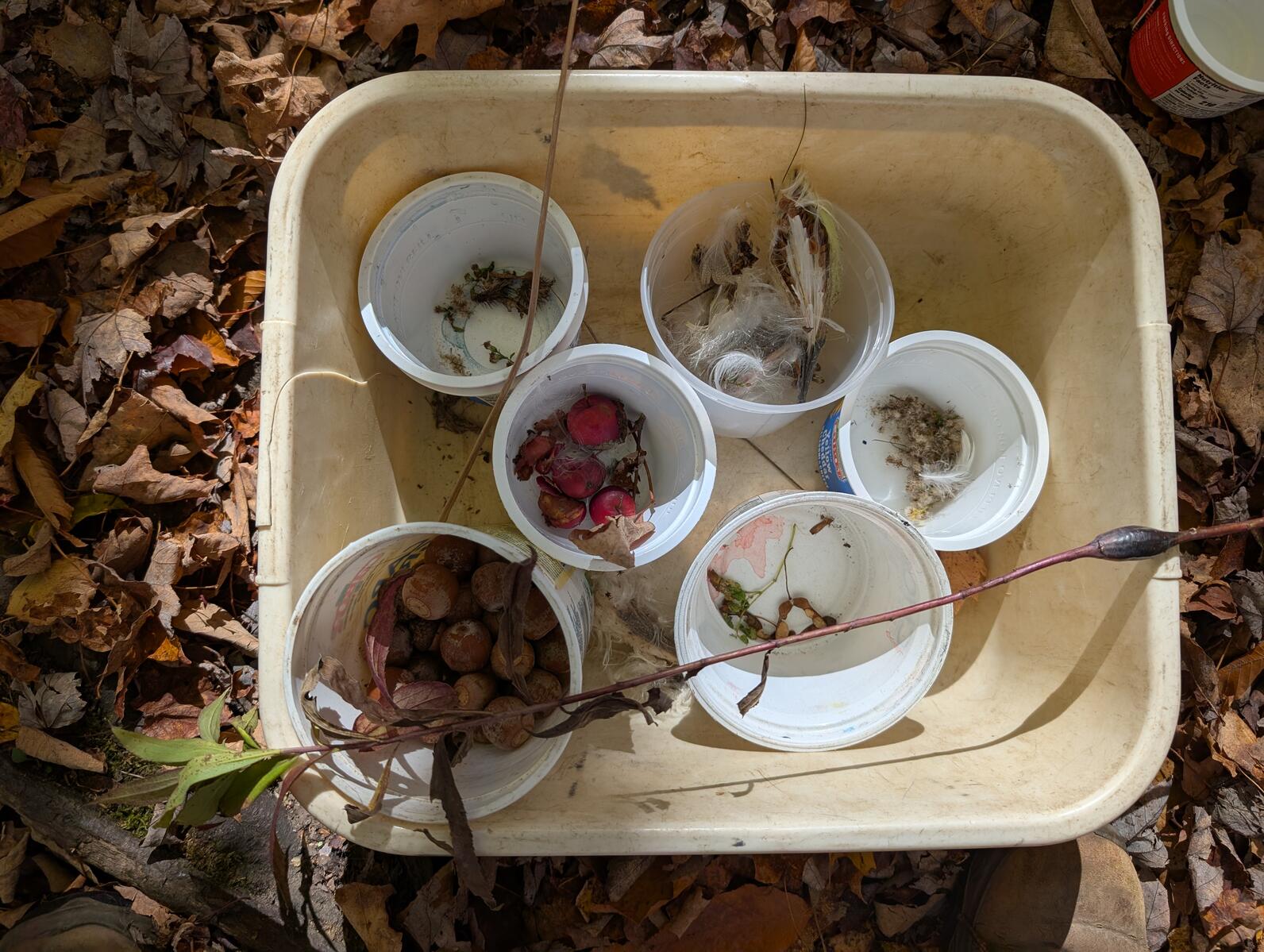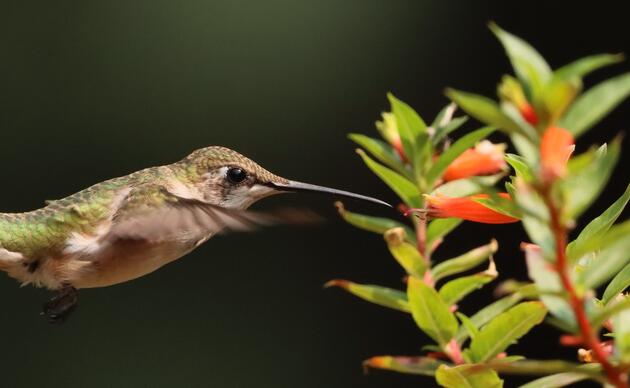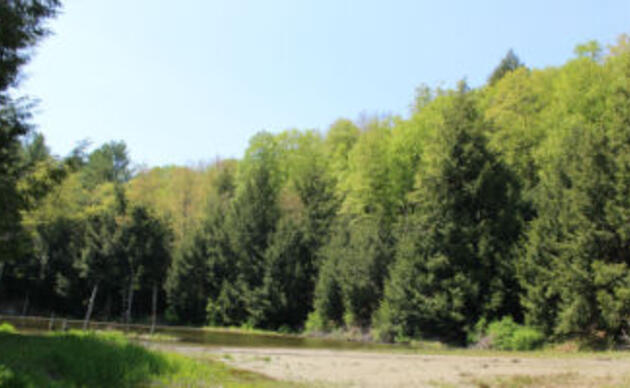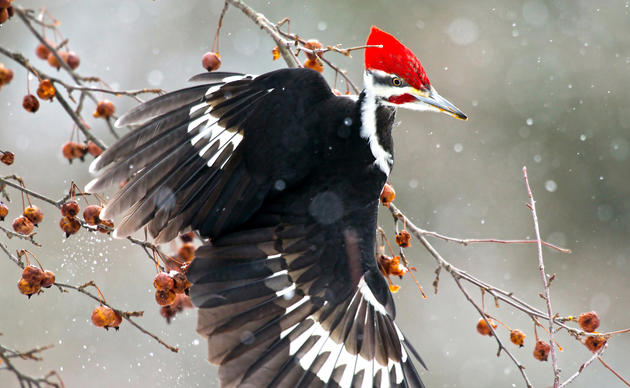Last month, we learned about insects and how they are vital to the process of pollination. This month, we moved on to the step after pollination and explored all types of seeds. We started our day looking for seeds in the forest. We found lots of acorns and a few maple seeds. After snack, we migrated to the field where we found milkweed and goldenrod seeds along with crabapples and burs.

Because plants don’t have legs to walk to new areas, their seeds are designed to travel to spread the plants to new locations. Different types of seeds have different methods of traveling. Oaks count on animals such as squirrels and chipmunks to collect their acorns and bury them as food storage for winter. Any acorn that remains unfound by an animal has the chance of growing into a new oak tree. Burs have small hooks like Velcro (in fact, they were the inspiration behind Velcro) that attach onto animal fur or people’s clothes to hitch a ride to a new place to grow. Crabapple trees have a delicious fruit around their seeds, enticing animals to eat them and drop their seeds in scat further along their travels. Maple and ash trees produce seeds called samaras with wings that make them flutter like helicopters as they fall to the ground. Milkweed and Goldenrod have fluff on their seeds that help them float in the wind.

We played a game to explore how the ranges of different animals can impact how far seeds spread by different animals can go. We learned that animals with large ranges, like goldfinches and bears, can spread seeds much further than animals with smaller ranges, like mice and chipmunks.
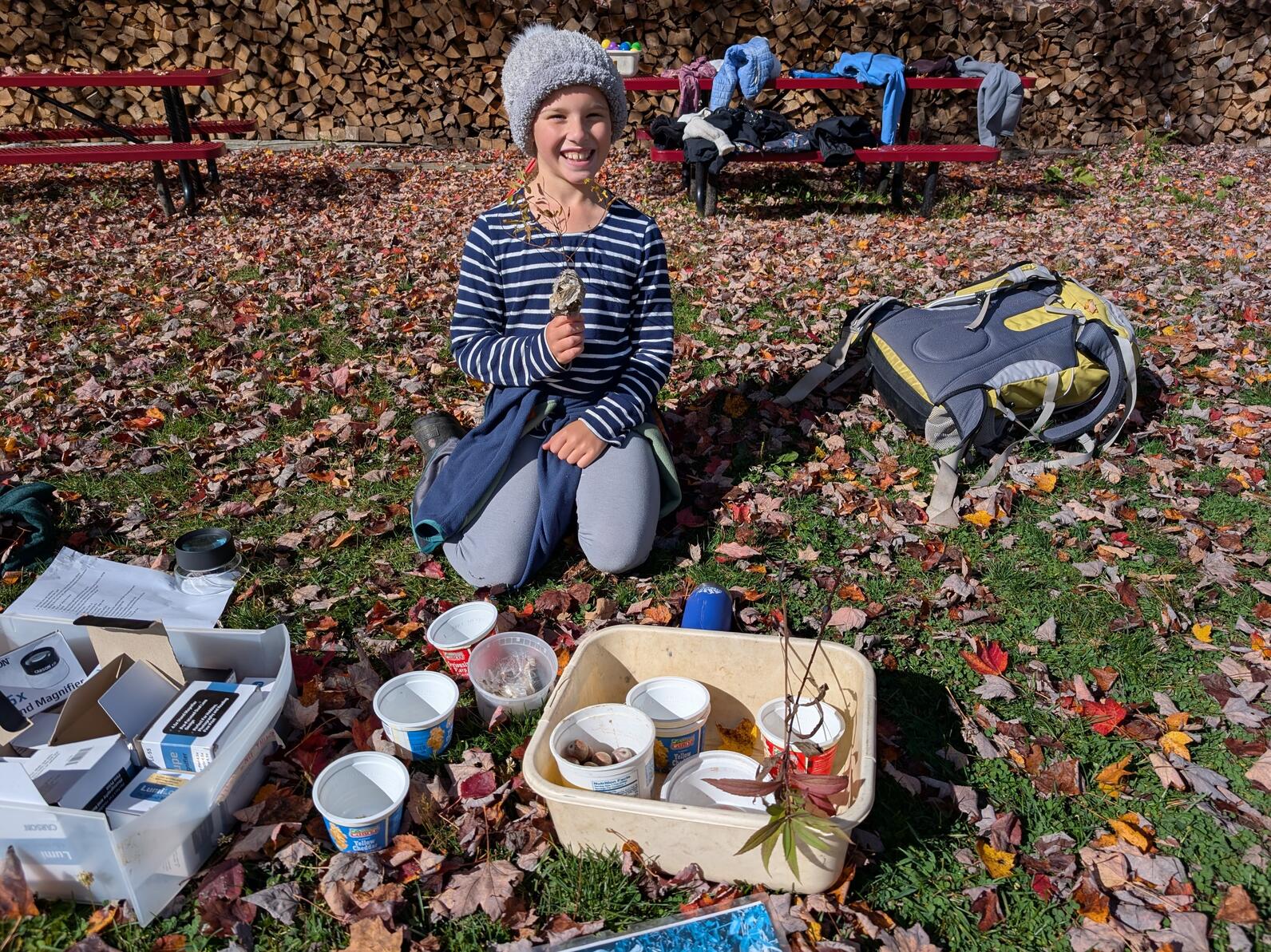
After lunch (when we discovered that many of us were eating seeds or foods with seeds) we all became seed engineers as we created something that would carry a “seed” when dropped. Everyone’s solutions were so creative, as they attached leaves, feathers, paper, pipe cleaners and tape to their “seed”.
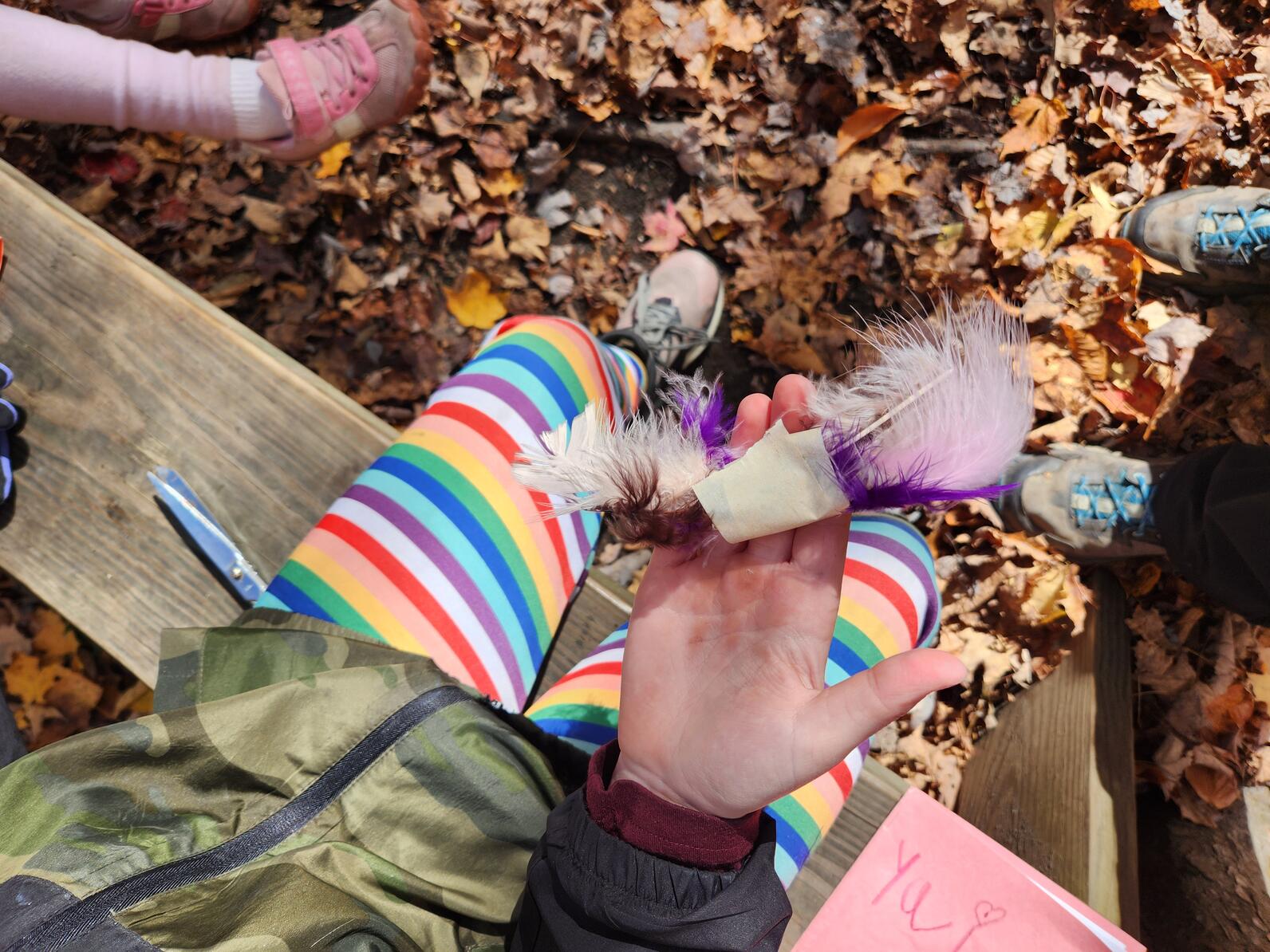
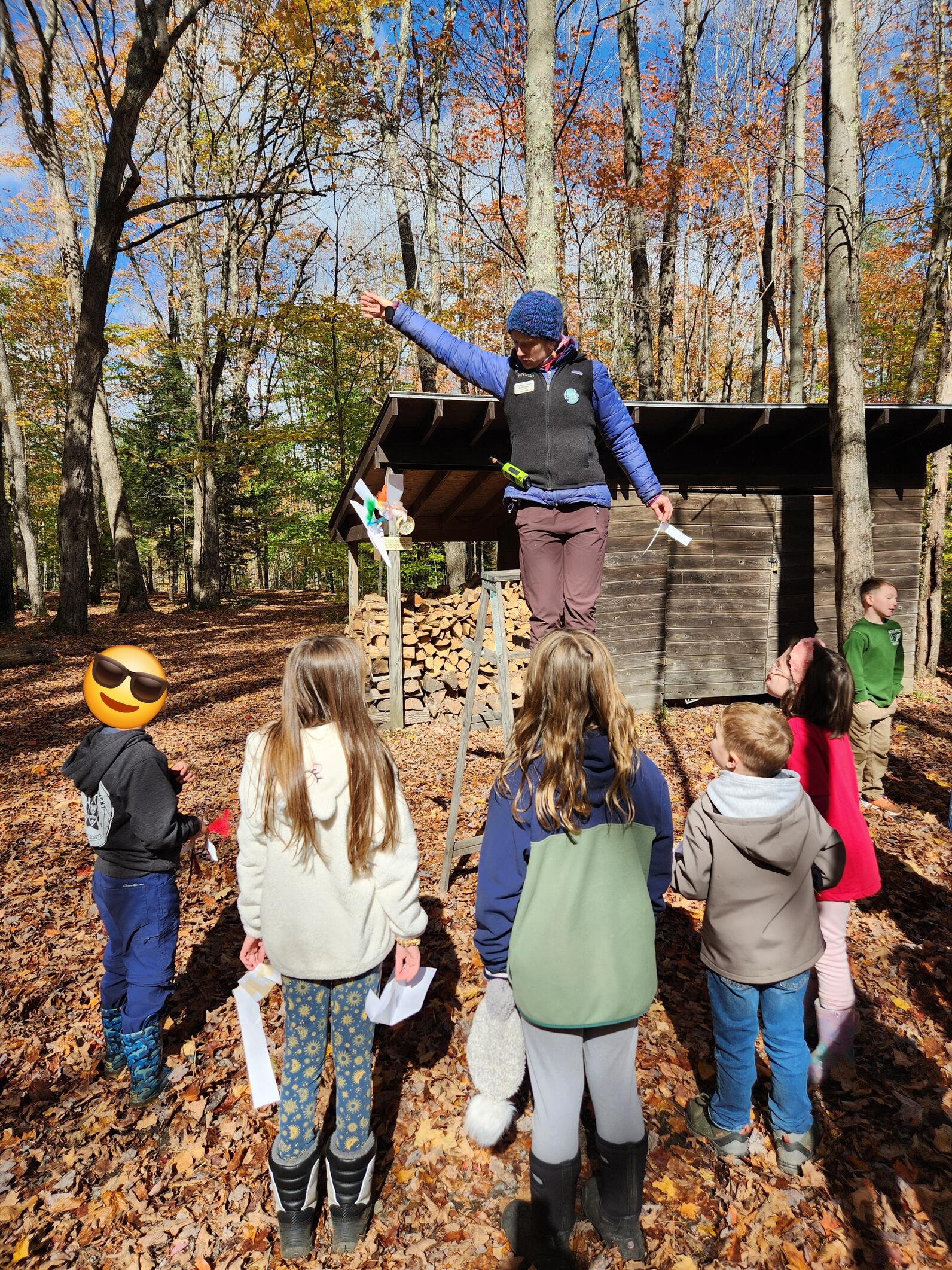
Do you have plants and seeds at home or near where you live? Fall is the perfect time to collect them and plant them to create a native plant garden. Follow this easy activity to start growing native plants at your home: Making Seed Balls to Help Birds | Audubon. Another really fun way to explore seeds and learn where our food comes from is to plant the seeds that we find in our food. You can grow small house trees from lemon seeds, walnuts, peach pits and even avocado pits.
